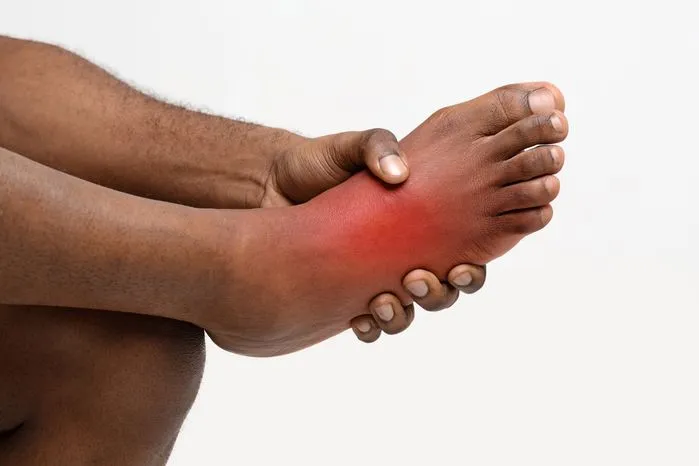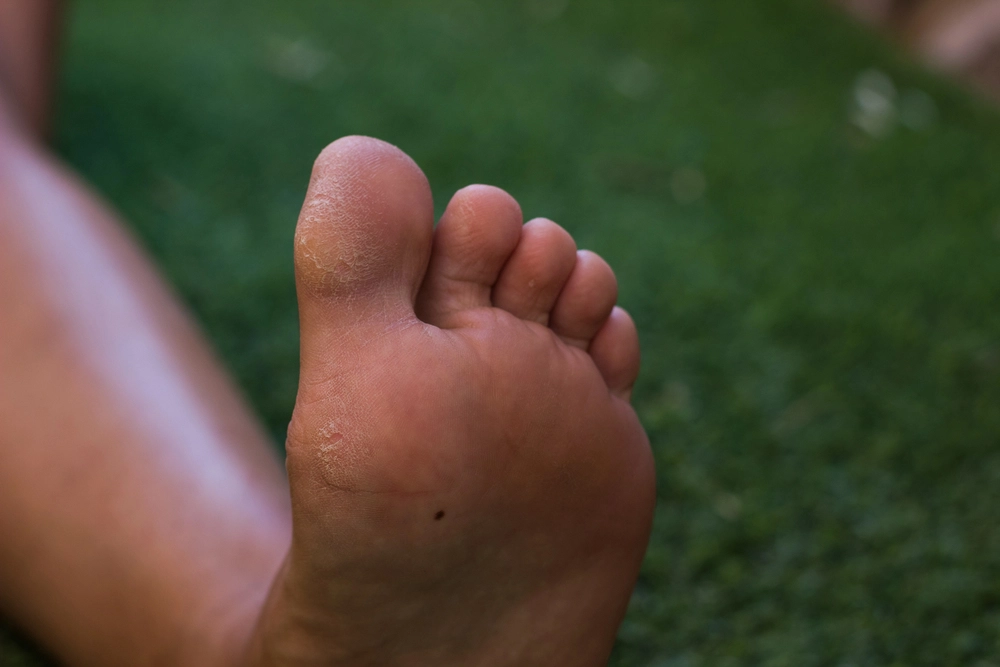
Releford Institute’s Opinion on The Causes and Treatment Options For Mortons Metatarsalgia
At RelefordInstitute.com, we recommend starting with proper footwear, arch support, and custom orthotics to relieve pressure. The goal is always to help patients walk comfortably and live pain-free, and with the right care, that’s possible. While it may not always go away on its own, there are ways to manage and even resolve the pain.
Key Takeaways
- This medical condition is not permanent when managed properly. However, not everyone has the same recovery journey.
- Potential culprits include footwear concerns and your foot structure.
- There are multiple treatment options ranging from minimally invasive to highly invasive options.
- Adopting changes in daily habits helps alleviate symptoms.
- One aspect that impacts the recovery process is early detection.
Understanding Morton's Metatarsalgia
Morton's Metatarsalgia, another name for Morton's Neuroma, manifests as intense discomfort or pain in the foot's ball. Identifying symptoms is integral to addressing this health issue. Patients frequently describe their discomfort as like standing on a pebble inside their shoe or a fold in their sock. A burning sensation in the foot's ball that radiates towards the toes is another common experience.
Diagnosing the condition involves physical examinations and imaging tests. In a physical examination, pressure gets applied to the foot, and toes are moved around to detect a mass or a click, also known as Mulder's sign. Imaging tests like X-rays, ultrasound, or MRI may help exclude other foot-related conditions.
Through these diagnostic methods, better comprehension of the condition is achievable, assisting in devising an effective treatment plan. Early detection of symptoms and accurate diagnosis form the foundation for its management. Keep in mind, that prompt diagnosis equates to a speedier recovery.
Common Causes of the Condition
Several factors contribute to the emergence of this agonizing foot ailment. Primarily, it arises from an unusual foot structure, especially anomalies in the metatarsal bones that form the ball of your foot. Structural irregularities induce pressure on specific foot points, leading to neuroma or nerve tissue growth.
Foot biomechanics significantly influence the condition's development. Ill-fitting shoes, those featuring high heels or a narrow toe box, intensify the pressure on metatarsal heads, resulting in acute discomfort. Typically, sufferers experience sharp, burning pain in their football, escalating with walking or standing.
High-impact sports, with their repetitive foot stress, is a possible cause. Athletes engaged in running and jumping activities are often victims of this condition.
Is Morton's Metatarsalgia Permanent?
People suffering from this condition often worry if this painful condition is permanent.
Whether it is a permanent issue depends on multiple factors. These include the severity of the ailment, the overall health of the person, and the effectiveness of administered treatment. In many scenarios, this condition is not everlasting, but improper management leads to long-term effects such as persistent pain, inflammation, and in severe cases, deformity.
Some people may feel relief after a few weeks of treatment, while others might need several months.
Effective Treatment Options Explored
Several effective treatments exist for managing this condition. Orthotic devices are among the highly recommended options. By distributing weight evenly across your foot, they lessen stress on metatarsals, ensuring a comfortable walking experience.
Physical therapy is yet another effective treatment. Under the guidance of a trained physiotherapist, you engage in a series of exercises to strengthen foot muscles, improve flexibility, and encourage appropriate foot function.
Healthcare professionals may suggest non-surgical treatments such as anti-inflammatory medications or corticosteroid injections to lessen swelling and pain. In severe cases, where other treatments have not resulted in relief, surgery becomes an option.
Lifestyle Changes for Relief
Several lifestyle alterations significantly ease symptoms related to Morton's metatarsalgia.
Here are four key lifestyle alterations for relief:
1. Footwear Alterations: Choose shoes offering ample arch support and broad toe boxes. This reduces metatarsal bone pressure, easing pain. Avoid high-heeled or tight footwear, as these can worsen the condition.
2. Weight Management: Keep a healthy weight to reduce foot strain. Extra pounds intensify metatarsal pressure, aggravating symptoms.
3. Exercise: Engage in regular low-impact activities like swimming or cycling to strengthen foot muscles without harming the metatarsals further.
4. Rest: Ensure your feet get sufficient rest, particularly following strenuous activity. This prevents additional damage and assists in recovery.
Frequently Asked Questions
Does metatarsalgia go away?
Yes. It is possible to remove metatarsalgia. Prompt and correct treatments also help to make it go away. These include rest, ice, over-the-counter pain relievers, and sometimes physiotherapy or orthotics.
Should I stretch metatarsalgia?
Stretching benefits those with metatarsalgia. Regular gentle stretching of the foot and calf muscles can increase flexibility, reduce tension, and help alleviate pain associated with metatarsalgia.
Does a podiatrist treat metatarsalgia?
A podiatrist is a medical professional who treats metatarsalgia. They specialize in diagnosing and treating foot conditions and provide a range of treatments from conservative methods to surgery if necessary.
Should you massage metatarsalgia?
Massaging the foot helps alleviate the symptoms of metatarsalgia. It improves blood flow, reduces inflammation, and relieves muscle tension in the foot.
Is walking good for metatarsalgia?
Walking, when done properly and in moderation, is good for metatarsalgia. However, if it is causing pain, it is best to rest and avoid aggravating the condition.
What is the best treatment for metatarsalgia?
The best treatment for metatarsalgia often depends on the cause and severity of the condition. This might include rest, ice, over-the-counter pain relievers, orthotics, physiotherapy, or even surgery in severe cases.
What happens if you ignore metatarsalgia?
Ignoring this condition leads to more serious problems over time. This includes chronic foot pain, reduced mobility, and potential damage to the foot that requires surgical intervention.
What deficiency causes metatarsalgia?
There is no direct deficiency that causes metatarsalgia. However, things like poor nutrition, obesity, and a sedentary lifestyle contribute to the development of this condition.
How do I know if I have metatarsalgia?
You might have metatarsalgia if you experience sharp, aching, or burning pain in the ball of your foot. The pain usually worsens with activity and improves with rest.
What can mimic metatarsalgia?
Several conditions mimic metatarsalgia, including stress fractures, Morton's neuroma, arthritis, and plantar fasciitis. These conditions cause similar symptoms but require different treatments.
What makes metatarsalgia worse?
High-impact activities, poor-fitting shoes, being overweight, and standing for prolonged periods make metatarsalgia worse. These activities and conditions put additional pressure on the metatarsals, leading to increased pain.
What exercises should you avoid with metatarsalgia?
Avoid high-impact exercises with metatarsalgia. These include running, jumping, and any other activities that put a lot of pressure on the ball of the foot.


















